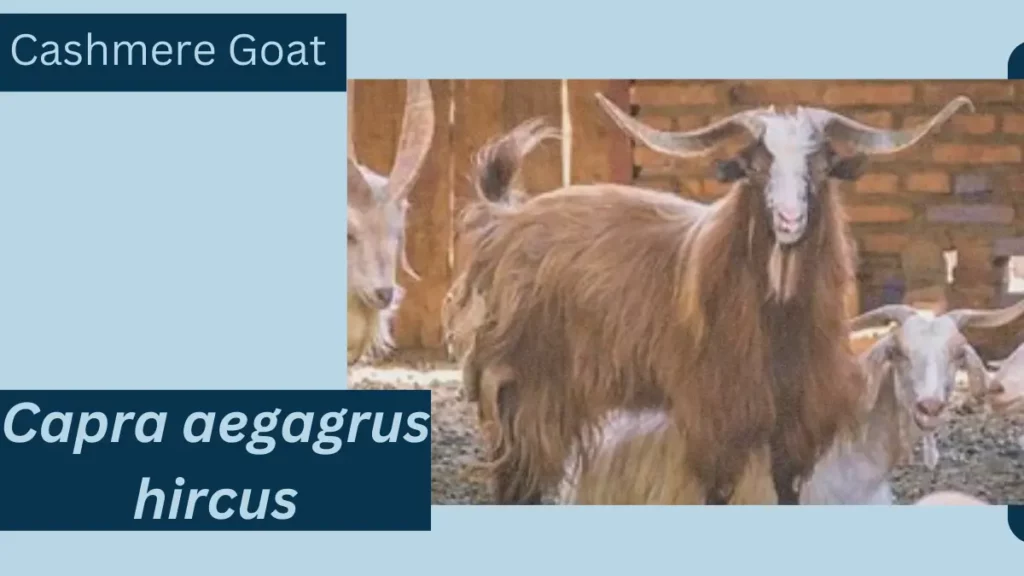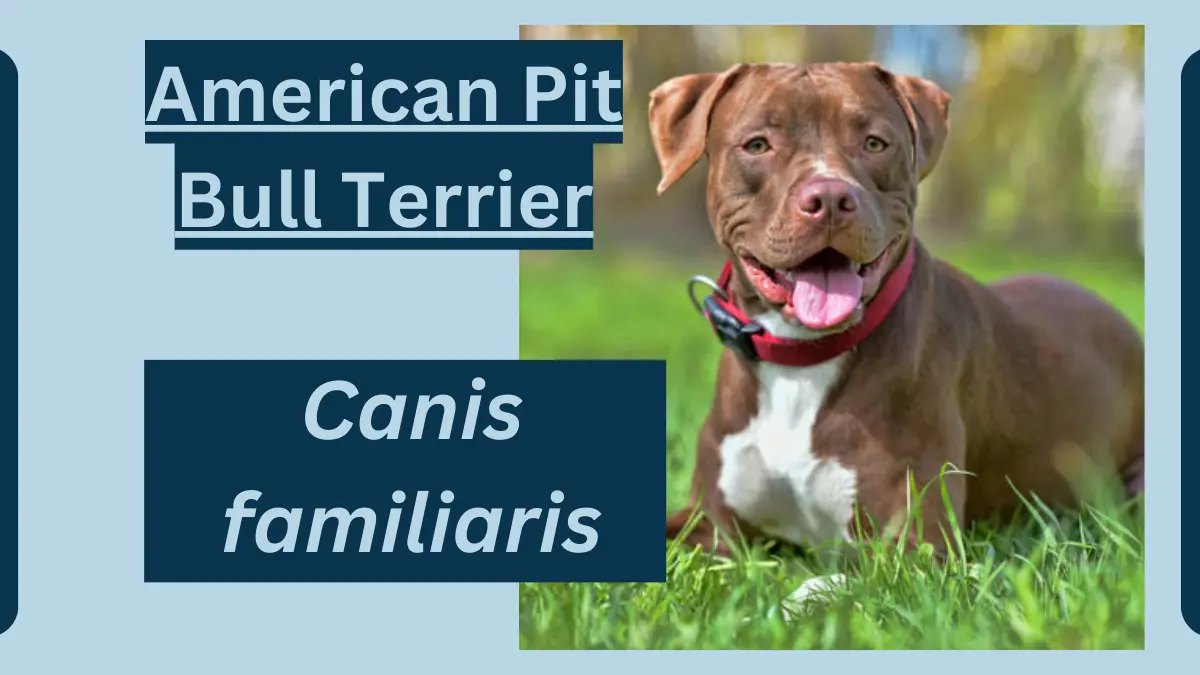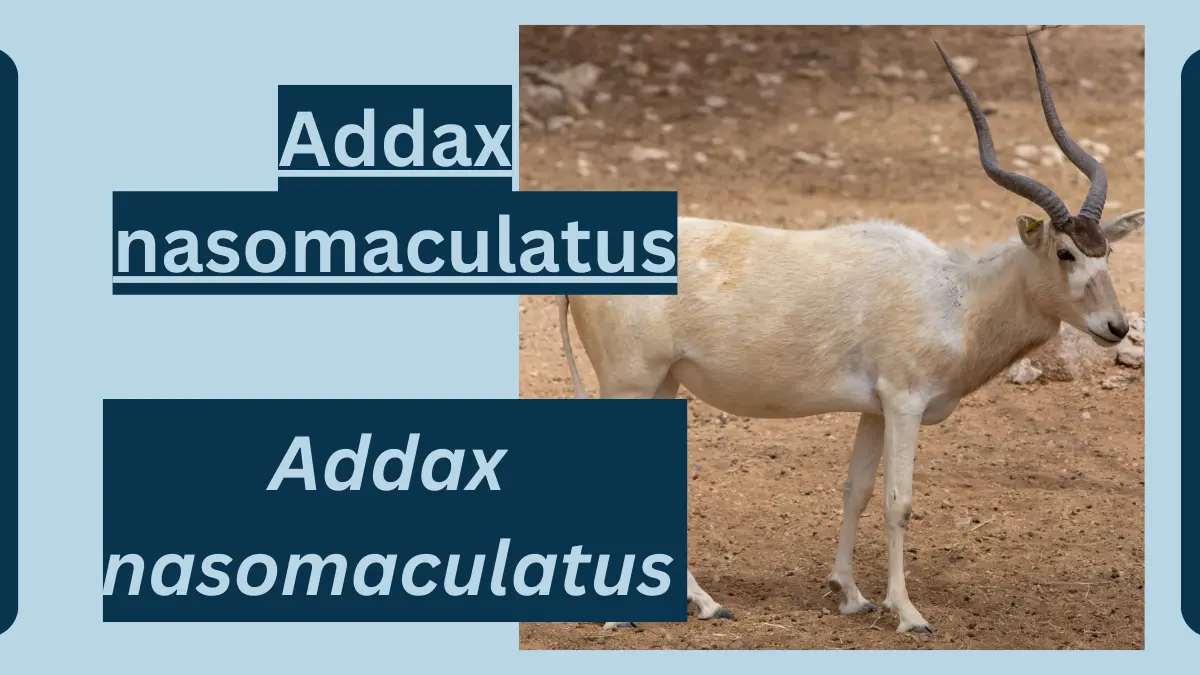Cashmere Goat Animal Facts | Capra aegagrus hircus
October 22, 2023
The Cashmere Goat is a unique and prized breed known for its fine and luxurious cashmere wool.

Cashmere Goat
Here’s some facts about the Cashmere Goat:
| Scientific Classification | Kingdom: Animalia |
| Phylum: Chordata | |
| Class: Mammalia | |
| Order: Artiodactyla | |
| Family: Bovidae | |
| Genus: Capra | |
| Species: Capra aegagrus hircus | |
| Physical Appearance | Size: Cashmere Goats are medium-sized animals, with adults typically weighing between 100 to 175 pounds (45 to 79 kilograms). |
| Coat: They have a fine and soft double coat. The outer layer consists of guard hairs, while the inner layer produces the prized cashmere wool. | |
| Range and Habitat | Cashmere Goats are domesticated and are found in various parts of the world, including Central Asia, where they were originally bred for their wool. |
| Behavior and Lifestyle | Domesticated: They are docile and have adapted to a domesticated lifestyle, often raised for their cashmere wool. |
| Reproduction and Life Cycles | Breeding: Cashmere Goats breed year-round, and females typically give birth to 1 to 3 kids after a gestation period of about 150 days. |
| Diet and Prey | They are herbivores and primarily graze on various plants and shrubs. A balanced diet is important to maintain the quality of their cashmere wool. |
| Predators and Threats | Domesticated Cashmere Goats are typically protected from natural predators, but they can be vulnerable to diseases and harsh environmental conditions. |
| Interesting Facts and Features | Cashmere Wool: Their undercoat produces fine, soft cashmere wool, highly prized for its warmth and luxurious texture. |
| Cashmere Industry: The cashmere industry is economically significant, with this breed being the primary source of high-quality cashmere. | |
| Relationship with Humans | Cashmere Goats have a long history of association with humans, providing valuable wool and often raised on farms for their fiber. |
| Conservation Status and Life Today | Cashmere Goats are not considered in terms of conservation status. They are selectively bred for their cashmere quality and continue to be a vital part of the textile industry. |
.
File Under:







Leave a Reply